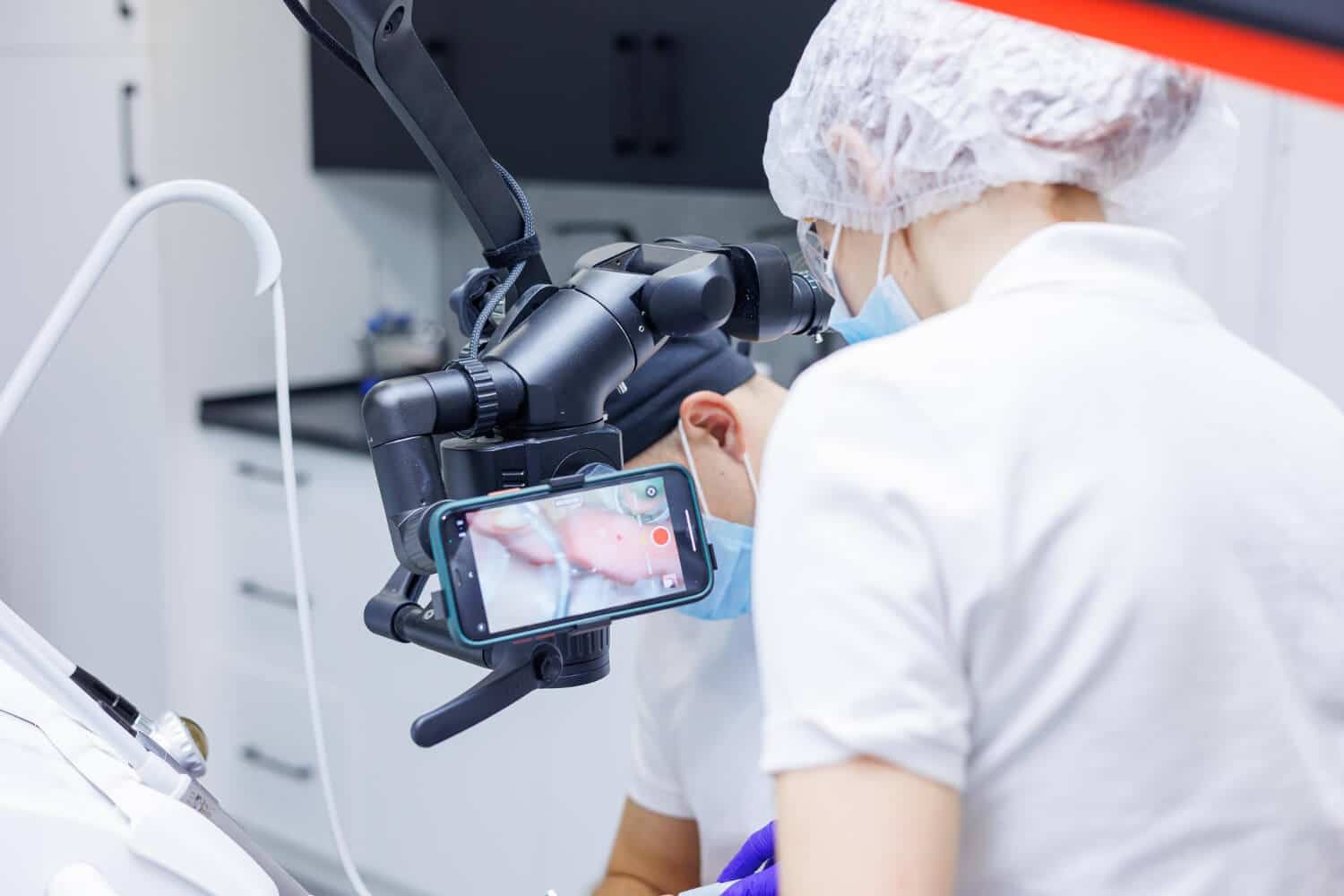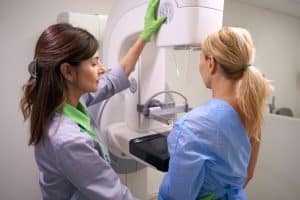Fluoroscopy is a medical imaging practice that uses an unremitting X-ray gleam to generate real-time, moving images of the inner structures of a patient’s body. This process is generally employed in various medical domains, like cardiology, gastroenterology, and orthopedics, to identify and treat a range of conditions.
Preparation
Before the fluoroscopy process begins, patients are routinely asked to change into a hospital gown and take out any jewelry or metal objects. Notifying the health service team regarding any allergies or existing health conditions is necessary. The radiologic technologist is responsible for administering the fluoroscope and will clarify the process and answer any queries.
Positioning
After the initial preparation, the patient is rested on the fluoroscopy counter. The area to be examined, for instance, the chest or abdomen, is precisely positioned within the fluoroscope’s field. The counter can be adjusted to get the best positioning, ensuring the X-rays efficiently enter the targeted area.
Contrast Agent
In many fluoroscopy procedures, a contrast agent is administered to enhance visibility. This may involve swallowing a contrast material for gastrointestinal studies or injecting it into a blood vessel for cardiac or vascular examinations. The contrast agent enhances X-ray absorption, making the inner structures more noticeable in the fluoroscopic images.
Image Acquisition
The fluoroscopy process starts with the patient in position and the contrast agent conducted. The X-ray machine releases a constant radiation beam, and the fluoroscope fetches the images in real time. The radiologic technologist vigilantly observes the monitor, adjusting the apparatus to get unambiguous and detailed images.
Dynamic Imaging
One of the significant perks of fluoroscopy is its knack for detaining dynamic images. This means that stationary structures can be visualized, and the movement of organs and contrast agents through the body can be examined instantaneously. This go-ahead feature is primarily helpful in procedures like angiography, where the blood fluctuation through vessels is of primary interest.
Communication During the Procedure
Communication between the healthcare services team and the patient is fundamental throughout fluoroscopy. The radiologic technologist may allow the patient to hold their breath or switch positions to get specific views. Straightforward and to-the-point communication ensures that the needed images are detained efficiently.
Duration of the Procedure
The time of a fluoroscopy process can vary based on the type and intricacy of the examination. Some procedures may take a few minutes, while others, such as a barium swallow or cardiac catheterization, can take a little longer. The healthcare professionals will notify the patient of the projected duration before the process begins.
Post-Procedure Care
Once the fluoroscopy process is complete, patients may carry on their everyday activities unless instructed otherwise by the medical caregiver. In cases where a contrast agent was utilized, drinking ample fluids assists eradicate the contrast material from the body.
Risks and Considerations
While fluoroscopy is a helpful analytical utensil, it involves contact with ionizing radiation. The healthcare team takes safety measures to curtail radiation exposure, and the perks up the procedure are cautiously weighed against possible risks. Pregnant mothers should update their healthcare team, as radiation exposure can cause hazards to the developing fetus.
Fluoroscopy procedures play a critical role in contemporary medicine, delivering real-time insights into the human body’s inner workings. With appropriate research and groundwork, clear and explicit communication, and technological advancements, these practices contribute considerably to the precise identification and effective treatment of various medical conditions. As medical imaging develops, fluoroscopy remains critical in providing healthcare professionals with the information required to convey quality patient care.




